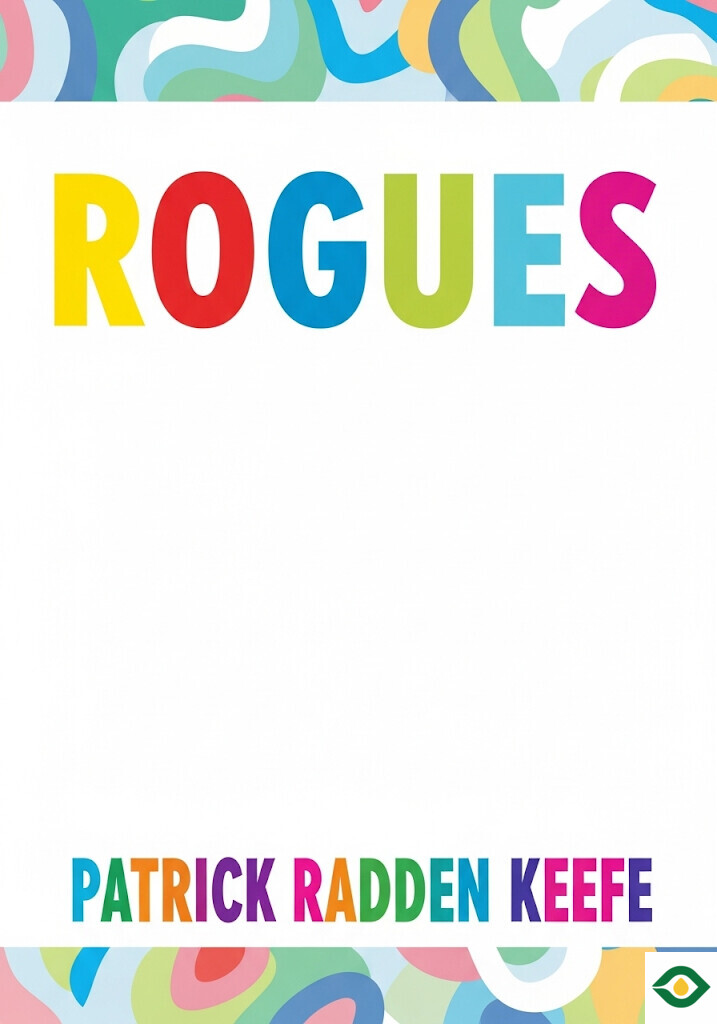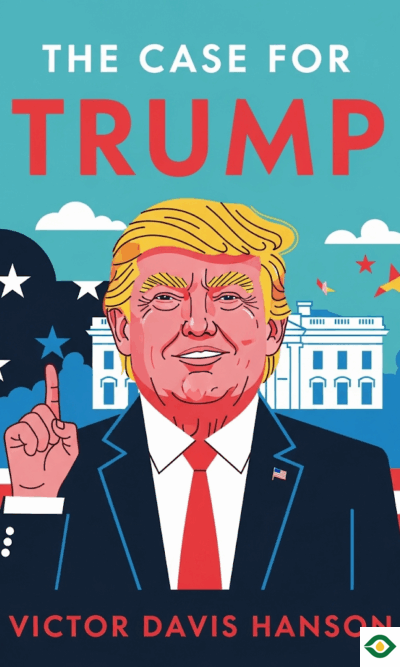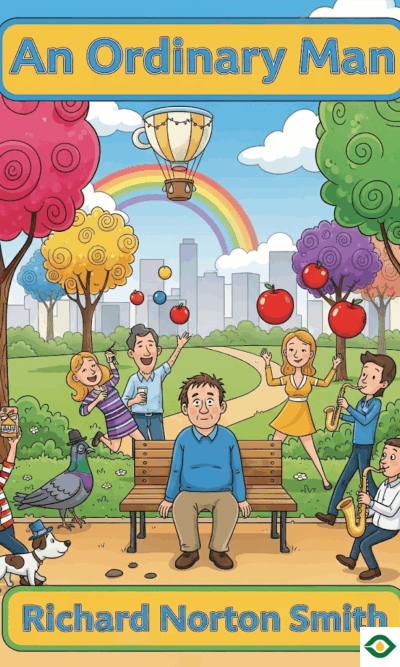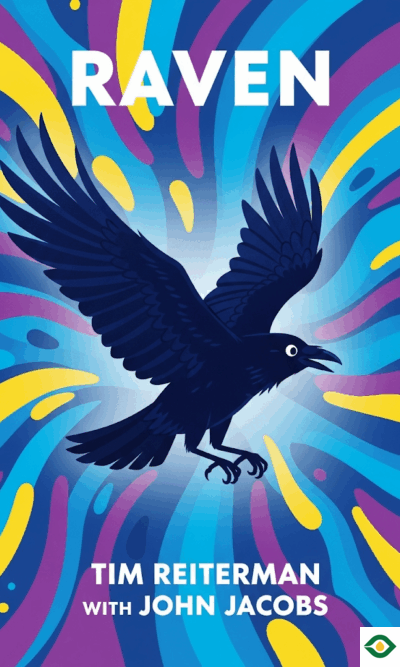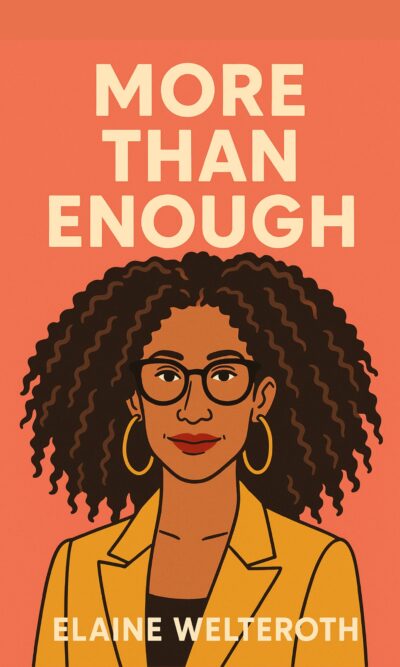Description
People often read the news in small, flashy pieces. Headlines shout about violence, betrayal, fraud, and scandal. But behind every shocking headline, there is a person. That person has a history, relationships, desires, and struggles. Their actions may be wrong or even terrifying, but they are rarely simple. Understanding the human stories behind crime is the work of journalist Patrick Radden Keefe. His book Rogues collects some of his most striking profiles of people who crossed lines, lived double lives, and forced us to question what drives someone to become an outcast or a villain.
One of the most unforgettable stories is about Astrid Holleeder, a woman who lived in constant conflict between her heart and her conscience. Her brother, Willem, was a ruthless mobster in the Netherlands, responsible for kidnappings, extortion, and murder. Astrid grew up in the same violent household as Willem, with an abusive father who terrorized the family. That bond of suffering kept them close, even when Willem’s life of crime grew darker. As a lawyer, Astrid even protected him, lying to the police and defending him in court. Family loyalty seemed unshakable—until Willem killed his own brother-in-law, betraying the very idea of family itself. At that moment, Astrid made the most difficult decision of her life. She chose to testify against her own brother. Her courage sent Willem to prison, but it cost her peace forever. She now lives in hiding, constantly fearing revenge. Her story raises the painful question: is loyalty to blood more important than loyalty to truth? For Astrid, the answer was clear, though it came at a terrible price.
Another dramatic figure is Joaquín “El Chapo” Guzmán, one of the most infamous drug lords in the world. For decades, he seemed untouchable. He dug tunnels under borders, built secret escape routes, and surrounded himself with loyal guards. He was so careful that no one even knew what he looked like for years. He avoided capture again and again, often escaping just minutes before the police arrived. Yet, while he was feared for his cruelty, many people in his hometown adored him. He funded local projects, paid for festivals, and even lent his private plane to villagers in medical emergencies. For many, he was both a criminal and a benefactor. But even the most careful man can grow careless. Over time, Guzmán began spending more time in cities, eating in public restaurants, and meeting with women. His growing sense of invincibility led to his downfall. Investigators traced his associates’ phone calls and finally caught him in a hotel with his family. El Chapo surrendered without a fight. His story shows how even those who seem invincible can fall when pride overcomes caution.
Then there is the case of Amy Bishop, a university professor who shocked the world by opening fire on her colleagues during a faculty meeting. To many, Bishop seemed like an ordinary woman—a mother of four, married, with no criminal record. Her apparent motive was anger after being denied tenure, the permanent position professors desire. But most people who face rejection do not turn to murder. What made Bishop different? The truth lay buried in her past. Decades earlier, she had shot and killed her younger brother. The incident had been ruled accidental, but details suggested something darker. She had fled the scene, attempted to hijack a car, and even pointed the gun at police before being released. Rumors spread that her politically connected family helped cover up the case. Whether it was trauma, guilt, or suppressed rage, Bishop lived for years with that secret. When she finally exploded in violence at her university, it seemed like the continuation of a story that had begun long ago. Her case shows how hidden wounds, left unresolved, can resurface with devastating force.
Not all rogues use guns or violence. Some operate quietly, behind computer screens and bank accounts. Hervé Falciani was a computer specialist at a branch of HSBC in Switzerland. He discovered that the bank was helping wealthy clients hide money through secret accounts and shell companies. To Falciani, this was not just a business practice—it was a system of fraud that supported crime and inequality. He secretly copied the data of over 100,000 clients and fled to France. There, he shared the information with authorities, leading to investigations around the world. Governments used the data to pursue tax evaders, and the bank was later fined billions. In France, Falciani was hailed as a hero, a whistleblower who exposed corruption. But in Switzerland, he was branded a criminal who betrayed national secrecy laws. His motives were questioned, especially after reports surfaced that he had tried to sell the data before handing it over. Was he a courageous truth-teller, or an opportunist chasing profit? The answer depends on perspective. What is clear, however, is that his actions forever changed the way the world saw Swiss banking.
Through these stories, one theme repeats: people are rarely only villains or only heroes. Astrid Holleeder was both a loyal sister and a brave witness. El Chapo was both a brutal trafficker and a local benefactor. Amy Bishop was both a scholar and a killer. Hervé Falciani was both a truth-teller and, perhaps, an opportunist. Human lives do not fit into neat boxes of good and evil. They are filled with contradictions, shaped by family, culture, opportunity, and fear.
At the end of the book, Keefe also writes about Judy Clarke, a defense lawyer who represents some of the most despised criminals. Her mission is not to excuse their actions but to remind juries—and the world—that even the worst people are still human. They have stories, traumas, and reasons, however twisted, for what they did. She works to show that justice should not mean forgetting humanity.
Taken together, these stories highlight the gray areas of morality. They remind us that crime is not only about laws broken, but about lives lived. The choices people make—whether to betray a brother, to live like a king in secret, to lash out in violence, or to expose hidden truths—shape their destinies. And the way we judge those choices shapes our understanding of right and wrong.
Rogues is not simply about criminals; it is about people who cross lines, sometimes for selfish reasons, sometimes for survival, and sometimes for justice. It is about the messy, complicated, and deeply human side of wrongdoing.

